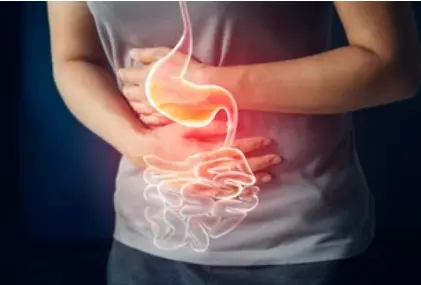 Welcome
Welcome
“May all be happy, may all be healed, may all be at peace and may no one ever suffer."
Non-tubercular mycobacterial infections - Generics
Non-tuberculous mycobacterial (NTM) infections are caused by a group of bacteria that are found in soil and water, and can infect humans and animals. NTM infections can affect different parts of the body, including the lungs, skin, lymph nodes, and bones.
The most common NTM infection is pulmonary disease, which is often seen in individuals with underlying lung conditions such as chronic obstructive pulmonary disease (COPD), bronchiectasis, or cystic fibrosis. Symptoms of pulmonary NTM infection may include cough, shortness of breath, fatigue, fever, and weight loss.
NTM infections of the skin may cause skin ulcers or abscesses, while NTM infections of the lymph nodes may cause swelling and tenderness. NTM infections of the bones can cause chronic pain, joint stiffness, and restricted movement.
Treatment for NTM infections depends on the specific bacteria causing the infection, as well as the location and severity of the infection. In some cases, NTM infections may not require treatment, while in other cases, a combination of antibiotics may be prescribed for several months or even years.
Prevention of NTM infections involves avoiding exposure to contaminated soil and water sources, as well as practicing good hygiene, such as washing hands regularly with soap and water.
People with weakened immune systems or underlying lung conditions are at a higher risk of developing NTM infections and should take extra precautions to prevent infection. It is important for individuals with NTM infections to work closely with their healthcare provider to develop an appropriate treatment plan and monitor their condition regularly.

Metastatic Ovarian Tumors

NSAID-induced ulcers

Dyslipidemia

Oral contraceptives

Postpartum haemorrhage

Local or regional anesthe...

Vitamin B12 deficiency

Juvenile rheumatoid arthr...
Non-tubercular mycobacterial infections, নন-টিউবারকুলার মাইকোব্যাকটেরিয়াল সংক্রমণ, নন-যক্ষা মাইকোব্যাকটেরিয়াল সংক্রমণ
To be happy, beautiful, healthy, wealthy, hale and long-lived stay with DM3S.